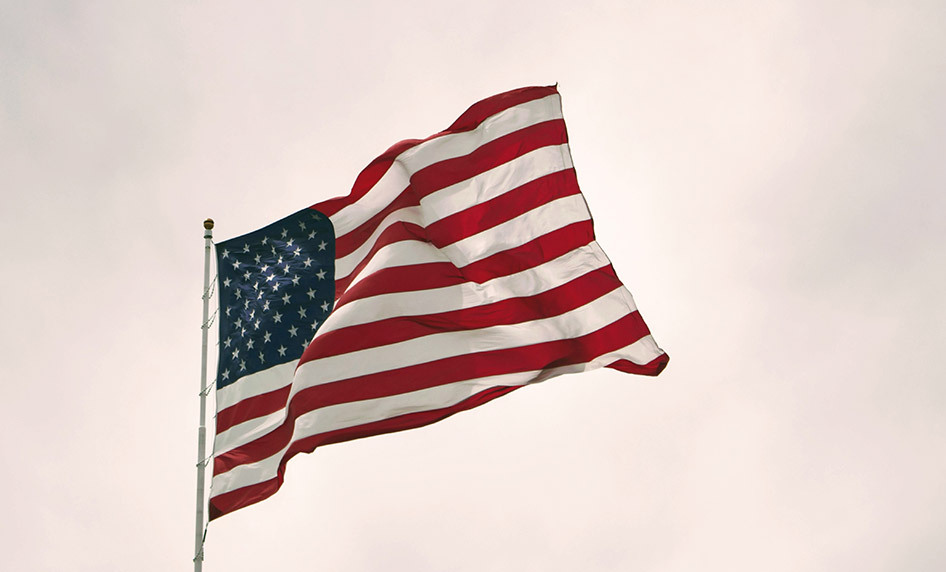DENVER (AP) — Former Colorado elections clerk Tina Peters is asking the state appeals court to recognize President Donald Trump’s pardon of her state convictions as valid.
In a motion Tuesday, Peters’ lawyers said the Colorado appeals court no longer has jurisdiction over her case because of a Dec. 5 pardon issued by Trump. They also asked the court to release her from prison because of the pardon.
Peters, the former Mesa County, Colorado clerk, was convicted of state crimes there for orchestrating a data breach scheme driven by false claims about voting machine fraud in the 2020 presidential race. Trump’s pardon power does not extend to state crimes.
In the court filing, Peters’ lawyers argued that President George Washington issued pardons to people convicted of both state and federal crimes in the Whiskey Rebellion in 1795. They urged the state appeals court to issue a ruling quickly. The court is set to hear arguments from lawyers in Peters’ appeal of her conviction on Jan. 14.
The appeals court ruled Wednesday that lawyers from the state attorney general’s office, which is defending the conviction, could respond to Peters’ arguments by Jan. 8.
The office of Colorado Attorney General Phil Weiser declined to comment. Weiser previously dismissed it when Trump announced it Dec. 11.
“The idea that a president could pardon someone tried and convicted in state court has no precedent in American law, would be an outrageous departure from what our constitution requires, and will not hold up,” he said in statement then.
If the appeals court rules the pardon isn’t valid, one of Peters’ attorneys, Peter Ticktin, said she could appeal that issue to the U.S. Supreme Court while the state court continues to consider Peters’ appeal of her conviction.
Another Peters attorney, John Case, has asked the state prison system to release Peters based on Trump’s pardon but the state refused, according to an email included in the appeals court filing.
Earlier this month, Peters lost a bid in federal court to be released from prison while her state appeal is considered.
Peters claims that the state judge who sentenced her to nine years behind bars violated her First Amendment rights by punishing her for making allegations about election fraud.
During Peters’ October 2024 sentencing, Judge Matthew Barrett called Peters a “charlatan” and said she posed a danger to the community for spreading lies about voting and undermining the democratic process.
Peters was unapologetic and insisted that everything she did was geared toward trying to uproot what she believed was fraud. She claimed her actions were done for the greater good.
Peters was convicted of allowing a man to misuse a security card to access the election system and being deceptive about that person’s identity. The man was affiliated with MyPillow chief executive Mike Lindell, a prominent promoter of false claims that voting machines were manipulated to steal the election from Trump.
Colleen Slevin, The Associated Press




